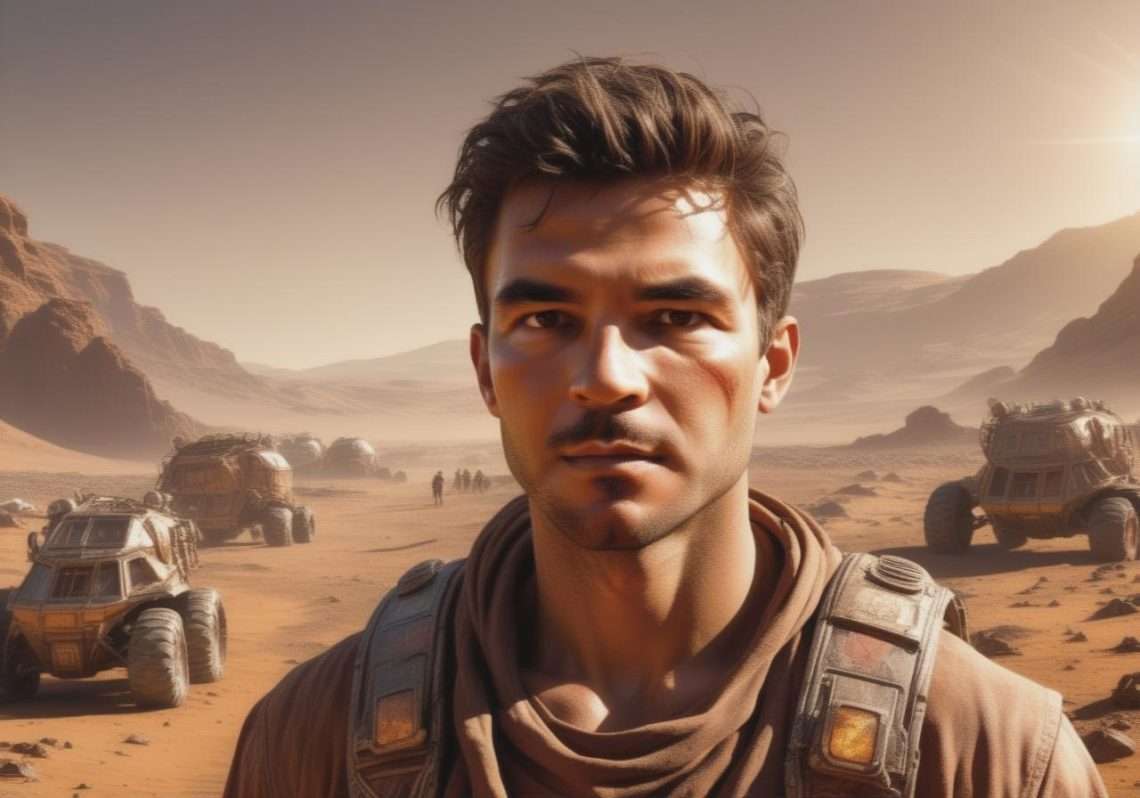As I emerged from our shelter, the devastation that greeted me confirmed our worst fears. The world we once knew had vanished, reshaped by the solar storm’s induced magnetic shift. Vast swathes of land lay barren, scoured clean of life by the unforgiving cosmic rays and solar radiation that now penetrated our weakened magnetosphere.
Earthquakes and tsunamis had razed most major cities, leaving only sporadic monoliths of human engineering jutting from an alien landscape. Our once-temperate latitude now baked under a tropical sun, its intensity carbonizing exposed life forms within hours.
For years, the nights compensated with spectacular displays – auroras painted the sky in a riot of colors, accompanied by electrical phenomena beyond my comprehension. Using the equipment we’d managed to protect, we initiated transmissions, seeking other survivors and establishing rudimentary trade networks.
The loss of GPS revealed a startling new geography: two apparent North Poles and a single South, all converging near what was once New Guinea in Southeast Asia. Extensive calculations and reconnaissance would be necessary to map this new world, crucial for locating water sources and habitable climates.
So far, we’ve encountered no echoes of pre-Shift violence, but we remain vigilant, knowing hostile groups likely exist. Not a day passes without me questioning whether staying behind might have been wiser. Yet somehow, I’ve always known this was my purpose. In a way, I’ve always been here.
We survivors have taken to calling ourselves “shifters” – a nod to our endurance through the cataclysmic event that reshaped our planet and our destiny.


Comments by Luis G de la Fuente